In recent years, a lot of media attention has been given to exercises that focus on strengthening the core muscles in a bid to stop back pain. But is core training a fix-all? Let’s discuss…
Aims of this post:
- To talk about what the core actually is
- To talk about my own experience with using core training for people with back pain and sciatica
- To discuss why core training might not be the best thing you can do for your rehab
- To give you some handy alternatives to core training that will give you more “bang for your buck”
Before we dive in, please be aware that we are part of the Amazon Affiliate programme. This page may contain Amazon affiliate links, so if you choose to purchase a product for your sciatica that we recommend through a link on this page, we will receive a small commission at no extra cost to you. This helps us keep Overcome Sciatica alive! Thank you for your support. Please be assured that we only ever recommend products that we truly believe can help.
The “core” include the abdominal muscles, but not just the muscle that makes up the 6-pack that you see in your local gym! The most important core muscle is the “transversus abdominus”, which is a thin sheet of muscle that wraps around your midriff.
The transversus abdominus helps us to keep upright, keep the contents of our stomach tucked in and provides stability around the trunk.
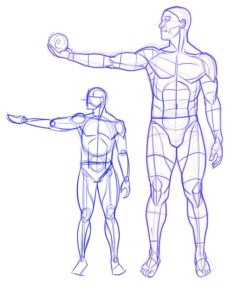
At one time, this muscle was hailed as the most important area of the body associated with back pain.
There was one particular study that showed that people with back pain had altered activity in their transversus abdominus when they were standing and sitting.
Knee jerk reaction
Cue a massive knee-jerk reaction from the healthcare profession and the media (physiotherapists were undoubtedly the guiltiest of this!)
We assumed that, if we could “fix” this change in activation of the transversus abdominus (or “core” as we liked to call it), we could eliminate back pain.
However, since then studies have refuted this claim entirely.
Unfortunately, the information that core training does not help back pain and sciatica as well as we thought hasn’t percolated through the media as quickly this time!
Not a fix-all, but not useless
I’m not writing off core training – it is still very important for stability and balance amongst other functions – I’m just saying it won’t “cure” your back pain.
If your entire rehabilitation programme is focussed around core training, you’re going to be disappointed.
I think classes that teach core strengthening – like Pilates and Yoga – are great, but I don’t think they would’ve gained so much traction in society of late if this myth wasn’t believed to be a magic fix for back pain and sciatica.
In summary; YES, the core is important. But NO, training the core will not fix back pain and sciatica.
How do I know?
I figured this myth out a long time ago – after being guilty of relying on core training for back pain rehab myself, too. When I trained, I was taught that core strengthening was THE BEST thing to do for back pain and sciatica.
I was taught that, quite simply, if you didn’t have strong core muscles you were GUARANTEED to have back pain or sciatica at some point.
I was also taught that EVERY patient I had with back pain and sciatica was experiencing these problems because of their “weak core”, and it wasn’t going to get any better unless they did LOADS of core strengthening.
Unfortunately, this myth was and is widely believed!
To hear about the commonly believed but HARMFUL myths about back pain and sciatica that you SHOULDN’T believe, click here!
However, I had one patient that made me question this myth, just as we should always question the status quo when it comes to healthcare.
One day, there standing in front of me, was a high performing, professional gymnast – with back pain and sciatica.
Fit as a fiddle, with the ability to hold the plank position for hours on end, and he still had back pain. So, if all the teaching around weak core muscles and back pain was true, why was this man in so much pain?
If I had given this gentleman a plan full of Pilates and leg raises, he wouldn’t have improved one bit, I can promise you that.
Let me explain…
Along with workouts for the transversus abdominus, which helps keep us upright and secure, the other abdominal muscles will also simultaneously get a workout.
The abdominal muscles – called the rectus abdominus and the transverse abdominals – which are trained through traditional “core strengthening” exercises work to flex us forward and sideways.
If they become strong and tightened, this can change our postures. Now, this posture change isn’t necessarily a good or a bad thing, but for some people with pre-existing back pain and sciatica, it can make these conditions WORSE!
Are You Looking for RAPID Relief from Sciatica?
My good friend, colleague and fellow international sciatica expert, Dean Volk, has a brand new sciatica relief video course available – and I’m delighted to be an official sponsor!
Check out Dean Volk’s “Kicking Sciatica OUT of the Butt!” Online Pain Relief Course Here!
I can proudly recommend Dean and his course for sciatica sufferers – because I’ve seen his incredible results first-hand. You can check out his course (and get lifetime access to the videos and bonus content) by clicking HERE.
How?
This occurs because the tightening of these muscles causes a natural tendency for us to stand and sit with a subtly flexed forward posture, while our pelvis “tilts” backwards slightly. This will place extra load through certain parts of the spine.
Depending on our individual mechanics, if a part of the spine is loaded improperly, we may get worsening back pain and sciatica, due to the compressive pressure on the discs, joints and nerves.
Have you ever heard of “inversion tables”, that hang you upside down to “decompress” the spine?
Well, think of core training as doing the opposite of that. The exercises often add compressive forces to the spine.
I found that when people with back pain and sciatica did lots of core work, even if they were able to completely isolate their transverse abdominals, they still saw no real improvements.
If they wouldn’t isolate this tricky to locate muscle, and ended up working out their other abdominals, their back pain generally got slightly worse than before.
Maybe, their lack of positive results was due an increase in this compressive element, loading their spines further and further in an unhelpful way.
For a list of effective exercises that you SHOULD be doing, click here!
Summary
With exercise, you should still do what makes you happy. You shouldn’t shy away from core work just because of this article. But you need to be aware that core training is far from a fix-all for back pain and sciatica.
Yes, include it if you want; no, don’t banish it to “fad” status. But do be wary of anyone who prescribes you “core” work only as a remedy for your back pain and sciatica.
Back pain and sciatica run far deeper than just core muscle weakness. We know from years of research that there are so many factors at play.
When choosing exercises for back pain and sciatica, move in a pain-free way where possible and do something that you enjoy!
I hope you enjoyed reading this article and that it didn’t come across as an “anti-core rant”!
If you liked what you read, why not let me know in the comments section below?
The information on Overcome Sciatica should never be used as a substitute for medical advice from a doctor. Never put into action any tips or techniques from Overcome Sciatica without checking with your doctor first. Please see full terms of use here.

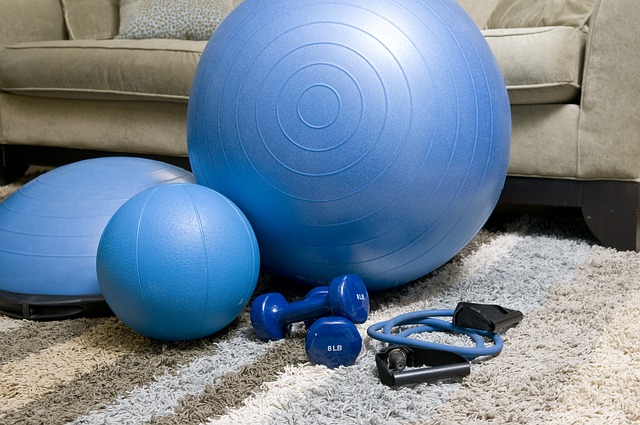

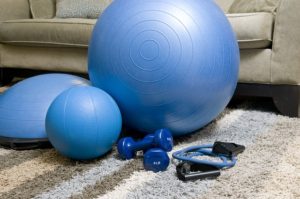
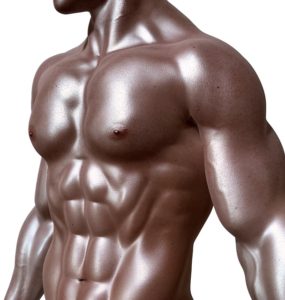
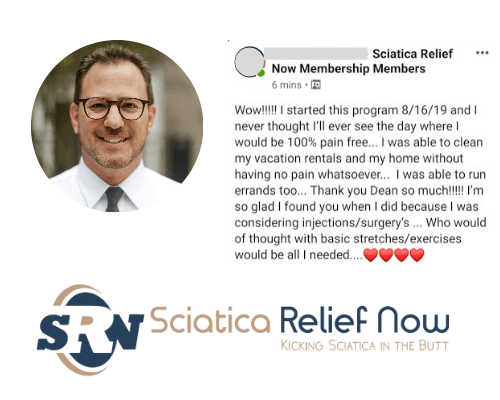
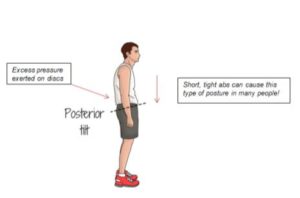
Wow! Now I understand why these exercises sometimes made the pain so much worse! Thank you for all your insights and for helping us to manage our condition!
This has opened my eyes. Thank you for your work in helping us towards a pain-free future. I know which direction to take, now.
Thanks so much for your comment, Kay!
core is responsible for stabilizing your spine so that you can make movements around it smoothly. When your core is weak, movements become disjointed and you move very guarded or clumsily. The core also is responsible for transferring forces from end to end and side to side in a way that prevents injury. When your core is weak, your moves from up and down and side to side (or anywhere in between) are unstable and injury can occur. Think about back pain in this way. If your core is weak and imbalanced, certain areas of your spine are now compromised and delicate structures like ligaments and discs pay the price of the faulty biomechanics. So when training the core, consider your “exercises”. Are you doing exercises that challenge your core stability and strength as a functional unit or are you still just doing crunches and leg raises with a side of planks? Have you ever thought of a push up or squat as a core maneuver? In short, you should. Basic functional body weight movements like the push up, off the wall or on the floor, are a great core exercise in that it challenges multiple muscle groups together as a unit. The squat also forces your core trunk to stabilize in order for you to do the exercise right. When it comes to rehab for back pain, functional core exercises are the way to go in that they mimic real life activity better than a crunch or leg raise ever could. You should be training for both core stability and core strength which leads you to the ultimate goal of core balance
Hi,
Thanks for the comment! I completely agree with what you say about push-ups and squats – they are excellent “core” exercises – although most of the people reading this post will be some way off this level of function. The aim of the article was to question the use of classic abs exercises (like crunches and leg raises) as a “cure-all” for back pain and sciatica, as some practitioners would have you believe!
I also disagree that having good “core stability” directly prevents back pain or sciatica either, which is a common myth – just my two cents!
Thanks again,
Will